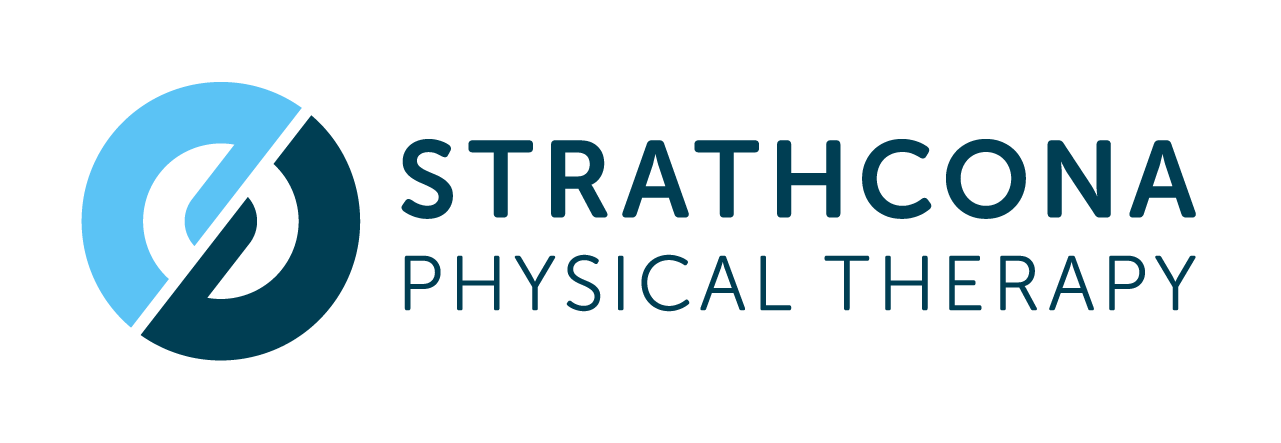Greater Trochanteric Bursitis: Overview, Differential Diagnosis, and Management with Physiotherapy and Shockwave Therapy
Condition Overview: Greater trochanteric bursitis is characterized by inflammation of the bursa located near the greater trochanter, a bony prominence on the outer side of the hip. This condition often causes pain around the hip, especially during activities such as walking, climbing stairs, or lying on the affected side. The bursa acts as a cushion between tendons and muscles, and when inflamed, it leads to discomfort and limited movement.
Differential Diagnosis:
Since multiple conditions can cause pain in the hip area, it’s important to distinguish greater trochanteric bursitis from other possibilities:
Gluteal Tendinopathy: This involves inflammation of the tendons in the hip, particularly the gluteus medius and minimus, which can cause similar pain.
Hip Osteoarthritis: Pain due to arthritis is often deeper in the joint and may be mistaken for bursitis.
Lumbar Radiculopathy (Sciatica): Referred pain from the lower back can mimic hip pain, making it essential to assess for nerve involvement.
Iliotibial Band Syndrome (ITBS): Tightness in the iliotibial band can aggravate the bursa, causing symptoms similar to trochanteric bursitis.
Management Through Physiotherapy and Shockwave Therapy
1. Physiotherapy:
Physiotherapy is a cornerstone of managing greater trochanteric bursitis. It helps relieve pain, improve strength, and correct movement patterns.
Strengthening Exercises: Strengthening the gluteus medius and minimus is essential for supporting the hip joint and reducing the strain on the inflamed bursa. These exercises enhance stability and prevent further irritation.
Stretching and Mobility Work: Tight muscles like the iliotibial band (IT band) and tensor fascia latae (TFL) can increase pressure on the bursa. Targeted stretching helps alleviate tension and reduce discomfort.
Dry Needling: Dry needling can be highly effective for releasing tight muscles around the hip, including the gluteal muscles and TFL. This technique can reduce pain, improve mobility, and facilitate muscle relaxation, complementing other physiotherapy interventions.
Manual Therapy: Soft tissue and joint mobilization techniques are applied to relieve muscle tightness, improve joint mobility, and reduce pain around the hip.
2. Shockwave Therapy (Radial Shockwave Therapy):
Radial shockwave therapy (RSWT) is a non-invasive treatment that sends acoustic waves to the affected area, promoting tissue healing, reducing pain, and stimulating circulation.
Benefits of Shockwave Therapy:
Pain Reduction: RSWT helps to reduce inflammation and pain in the bursa and surrounding tissues. It promotes healing by improving blood flow and breaking down calcifications.
Improved Mobility: Patients often experience improved range of motion and reduced pain, allowing them to engage in daily activities with less discomfort.
Tendon Repair: RSWT can help with associated gluteal tendinopathy, promoting tendon healing and improving hip function.
Supporting Evidence for Shockwave Therapy:
1. Furia et al. (2009) demonstrated that radial shockwave therapy significantly reduces pain and improves function in patients with greater trochanteric pain syndrome, which includes bursitis. Patients treated with RSWT had better outcomes in terms of pain relief and mobility compared to those receiving only conservative treatments.
2. Rompe et al. (2008) conducted a study showing that radial shockwave therapy provided significant pain relief and improved functional outcomes in patients with chronic greater trochanteric pain syndrome, particularly for those who did not respond to other conservative interventions.
By combining physiotherapy and radial shockwave therapy, patients with greater trochanteric bursitis can achieve better outcomes, including improved mobility, strength, and pain relief. This approach addresses both the symptoms and underlying causes, enabling patients to return to their daily activities with less discomfort.
References:
Furia, J. P., Rompe, J. D., Maffulli, N., & Cacchio, A. (2009). Radial shock wave therapy for the treatment of chronic greater trochanteric pain syndrome. The American Journal of Sports Medicine, 37(9), 1806-1813.
Rompe, J. D., Furia, J., & Maffulli, N. (2008). Efficacy of radial shockwave therapy for chronic greater trochanteric pain syndrome: A double-blind, randomized, placebo-controlled trial. American Journal of Sports Medicine, 37(11), 2286-2293.
